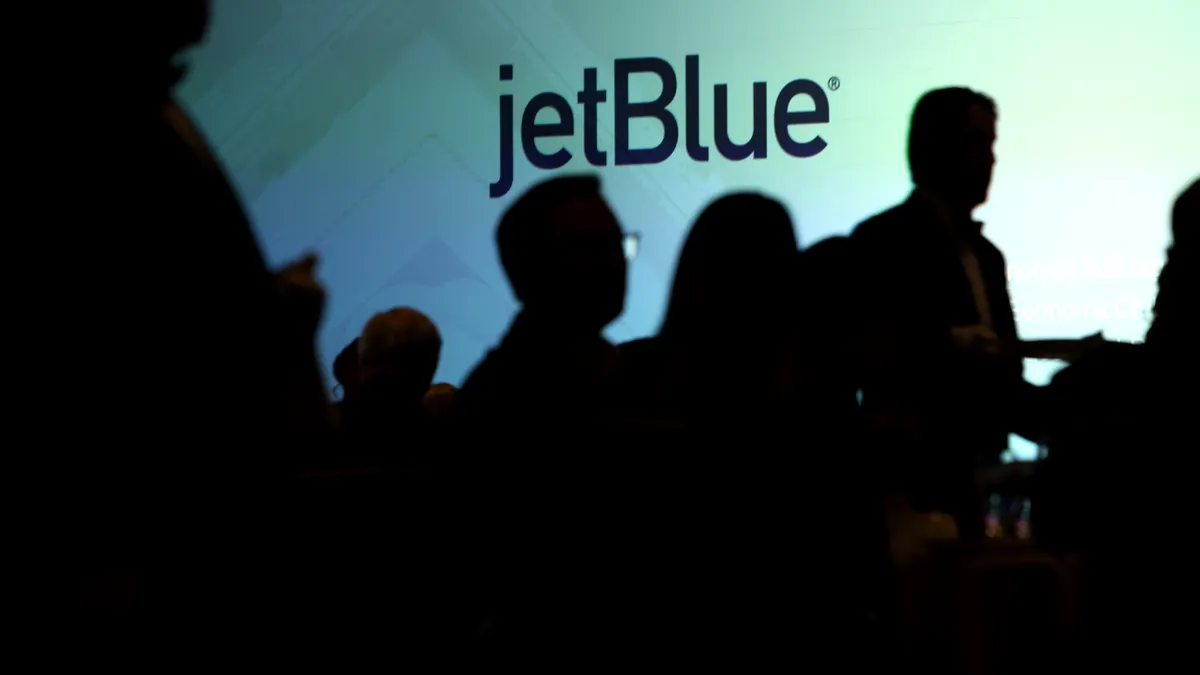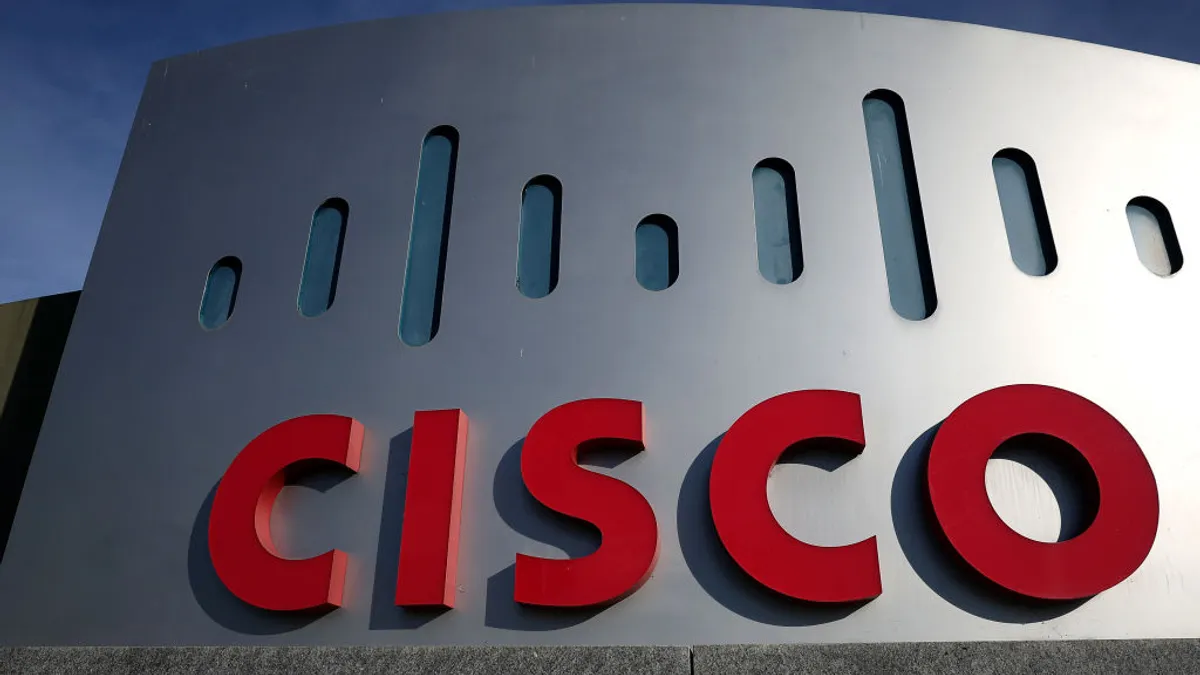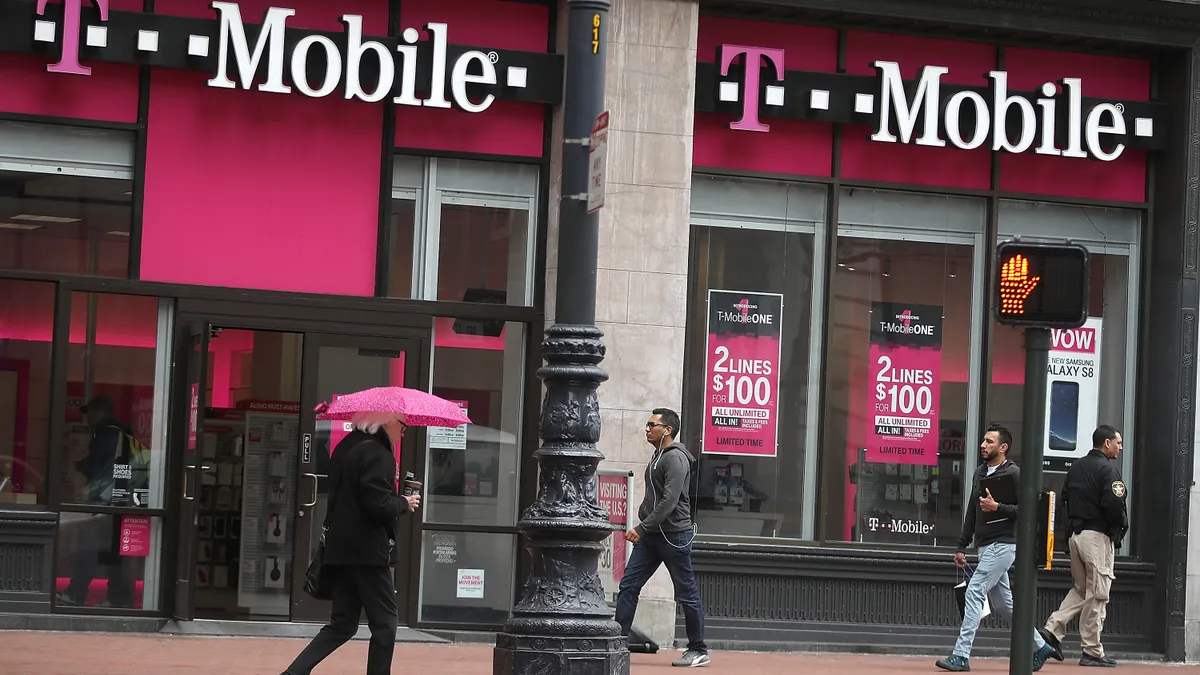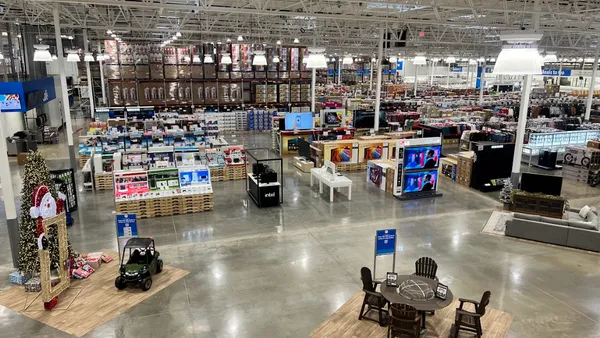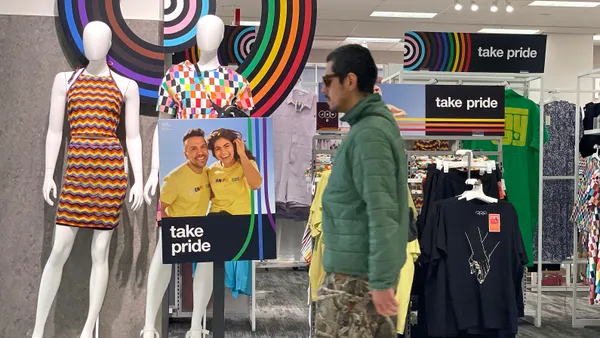Dive Brief:
- JetBlue is introducing its first airport lounges in 2025 as part of its JetForward strategy, the airline announced last week.
- The first lounge will open in late 2025 at New York’s John F. Kennedy International Airport and another will open at Boston Logan International Airport shortly after.
- “Customers have asked for a JetBlue lounge for years and we can’t wait to unveil our take in New York and Boston,” Marty St. George, president of JetBlue, said in a prepared statement. “Lounges have become an essential offering for the growing numbers of customers seeking premium experiences, and JetBlue’s lounges will further boost the value of our TrueBlue loyalty program as we expand our portfolio of JetBlue credit cards.”
Dive Insight:
JetBlue is chasing premium customers as part of its JetForward strategy to “be loved and be profitable.”
"We recognize that to be profitable and loved, we need to meet the evolving preferences of our customers, including an increased desire for premium experiences," CEO Joanna Geraghty said on a second quarter earnings call in July.
As part of JetForward, JetBlue is looking to become the best East Coast leisure network and to offer products and perks customers value. Airport lounges fit squarely into that effort.
Though all customers will be able to purchase an annual lounge pass, complimentary access is provided to JetBlue’s TrueBlue Mosaic 4 members and Transatlantic Mint customers as well as holders of a new, premium JetBlue credit card.
The exclusive nature of the lounges is purposeful.
“Understanding that airport lounges have grown in popularity, which has resulted in overcrowding and long lines at other airline lounges, access to JetBlue’s lounges will be reserved primarily for its most loyal customers and premium credit cardmembers,” the company said in its announcement.
JetBlue isn’t the only airline focusing on premium customers. Delta is investing in high-end seats and airport lounges to offset operating costs.
Business and premium flyers only make up a fraction of travelers, but they generate more revenue. The Centre for Aviation found that in the decade before the pandemic, premium cabins generated about 20% of global airline revenue despite premium travelers representing only 5% of international passengers.



